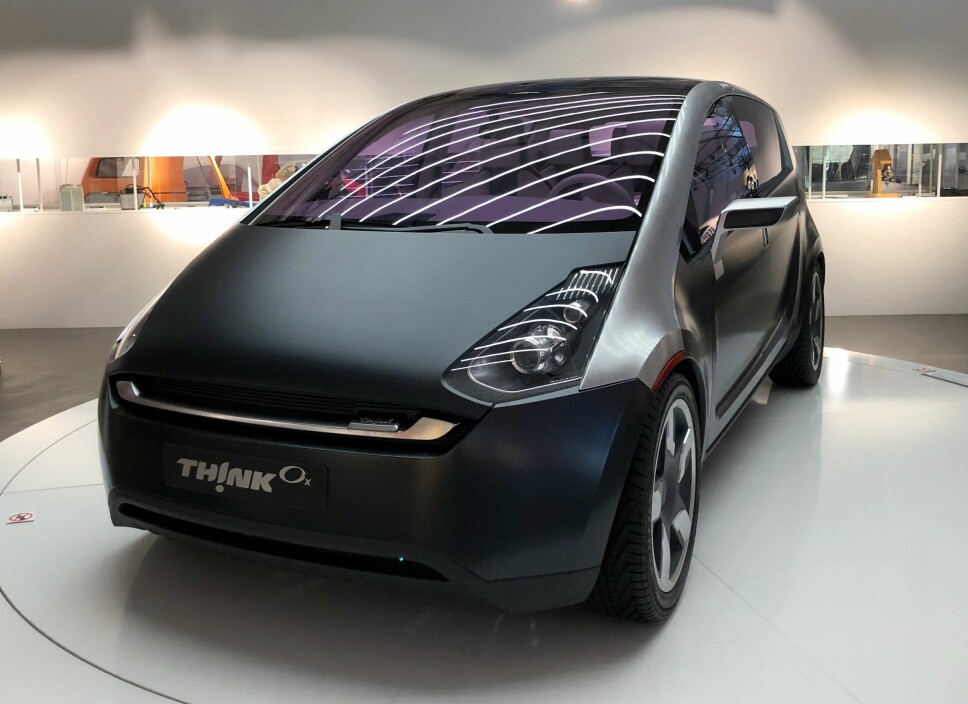
16 times entrepreneurs tried to start car production in Norway
Only one had some success. Now Norwegian car history is on display at the new Norwegian Vehicle History Museum near Lillehammer.
Many people dreamt of starting a car production factory in Norway.
Various engineers and inventors have tried 16 different times.
«Several of the cars were good! Like with numerous other Norwegian industrial ventures, these entrepreneurs were technically strong,» says Geir Atle Stormbringer.
«But they often lacked the ability to think about organization and business. Very few of them managed to get their cars into the market.»
Stormbringer is the director of the Norwegian Road Museum at Hunderfossen near Lillehammer. Here you also will find a rock blasting museum and now the newly opened Norwegian Vehicle History Museum.
Mustad car with six wheels
Mustad, Bjering, Staværn automobile factory, Norwegian Automobile Factory and Troll. These names represent only a few of the Norwegian car brands and factories that never had a future.
The electric car Think was, without a doubt, Norway’s biggest industrial automobile success. We’ll come back to that.
First, let’s go back a hundred years in time. In those days, there was a massive interest in automobiles.
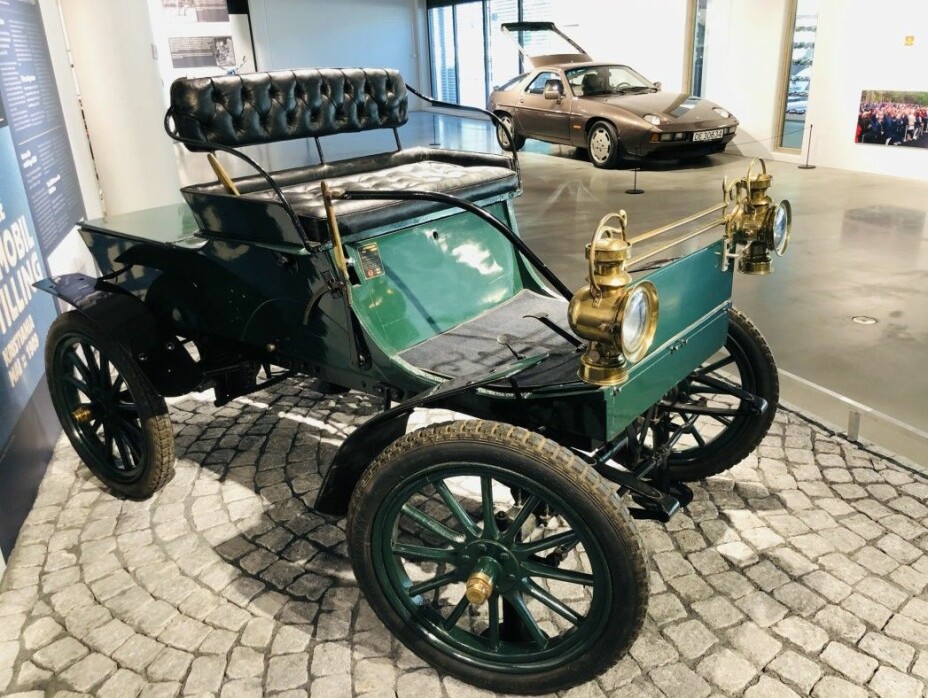
One of the most interesting Norwegian car-building attempts was undertaken by a man named Hans Clarin Mustad in 1917. He built an extraordinary vehicle that seated 12 people. The car had a double set of wheels in the rear to cope with both a lot of cargo and the rough Norwegian roads.
«Mustad was a genius,» Stormbringer says.
«It was said that he often woke up in the middle of the night with ideas about how to make a car. He then sat down at his desk and put his ideas down on paper. The car he built is one of the most impressive examples of Norwegian car production.»
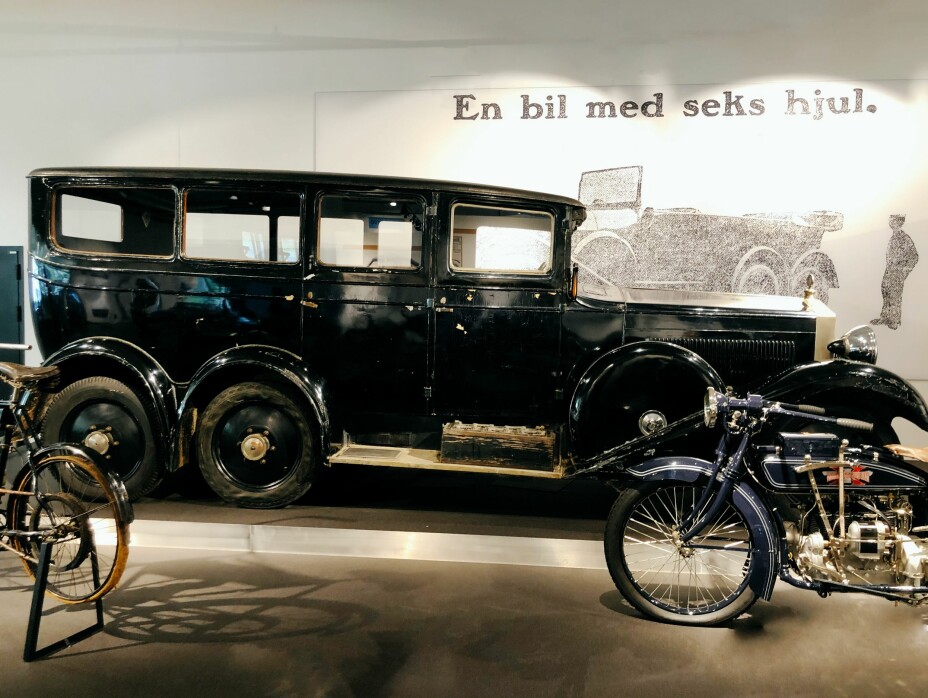
The Bjering automobile
Bjering was another Norwegian car brand with only a few vehicles built in the 1920s. Hans Christian Bjering designed the unique car, which was one meter wide and had front wheels that could be replaced with runners.
«There were no roads in the winter,» says Stormbringer.
«That's why Bjering designed a car that fit into the sled tracks for horses. And at that time, 90 percent of all transport was by horse and sleigh.»
The Norwegian military showed interest in the car and wanted to buy a hundred of them.
But the order all went down the drain for a rather trivial reason. At the same time, along came another invention – snow blades, making it much easier to plough the roads in winter. And then there was no longer any need for a car that could drive in sled tracks.
The military cancelled their order, and only a limited number of Bjering's automobiles was produced, Stormbringer says.
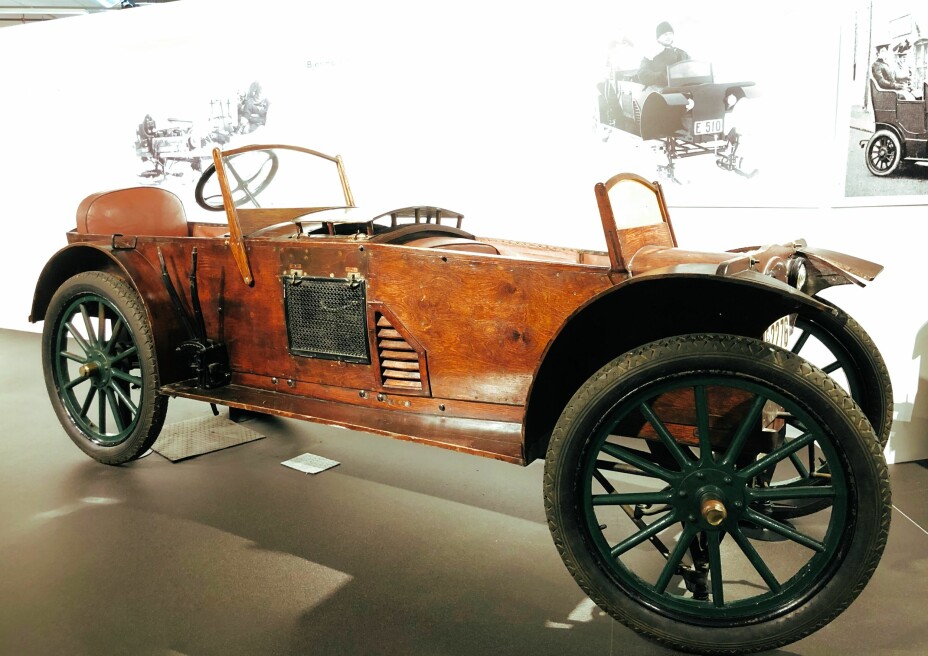
The Troll, a fiberglass car
The best-known attempt to make a Norwegian car before the Think is without doubt, the Troll.
Troll Plastic & Car industry planned to start mass production of cars in Telemark county in the 1950s.
Engineer Per Kohl-Larsen and friends developed and designed the sporty vehicle.
«The unique thing about Kohl-Larsen was that he envisioned a factory and the mass production of cars from the start. Many of the parts that went into his small white Porsche-like car he bought in Germany.»
Several theories exist as to why the Telemark team never built more than a few Troll cars.
An unconfirmed story is that the Labour Party government was not interested in any Norwegian car factory because it could get in the way of a government contract with the Soviet Union. Supposedly, the deal was that Norway would import a larger number of cars from the Eastern Bloc, in exchange for Norwegian fish.
But Stormbringer says that this is just an unconfirmed rumour. He hopes that historians will look into this.
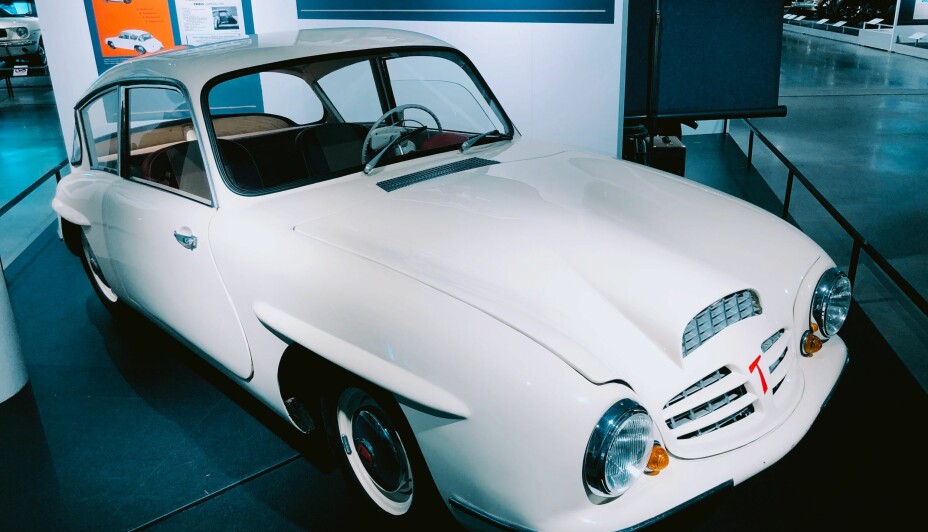
The truck factory in Stavern
In 1915, trucks became more common on Norwegian roads.
In 1919, Staværn Car factory was behind the first Norwegian-produced truck. It had an electric motor.
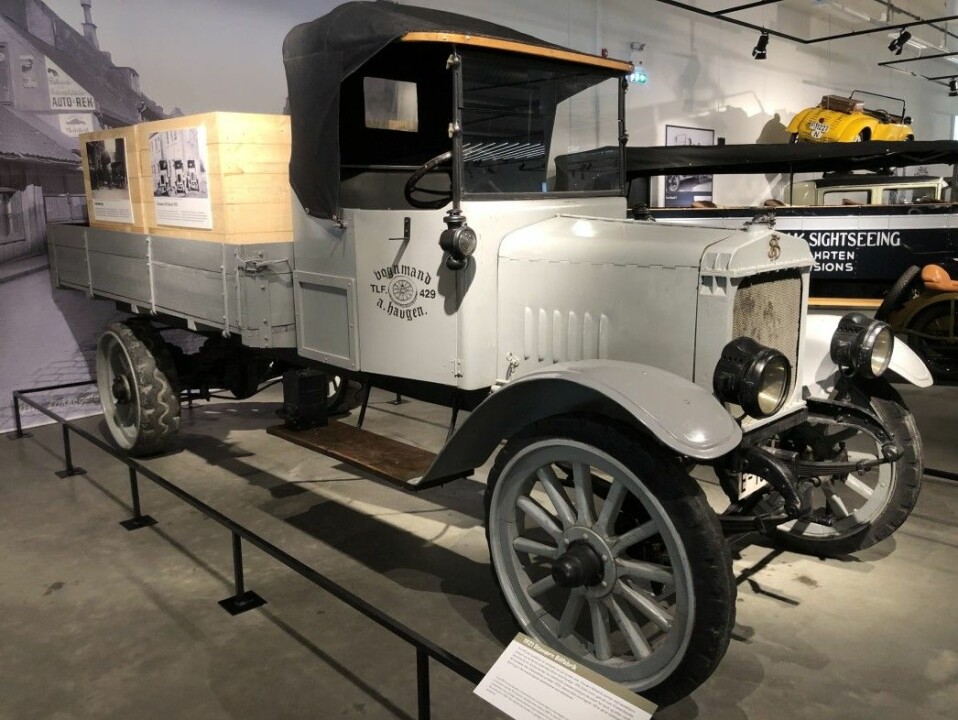
Plymouth, Fargo, Chrysler, Dodge, Ford, and Volvo
At the Norwegian Automobile Factory in Moss, several thousand cars were produced in the 1930s, 1940s, and 1950s. These were brands like Plymouth, Fargo, and Chrysler – American cars that were assembled in Norway.
One garage produced hundreds of Dodge cars. Fords were assembled in several towns. Raufoss Ammunition factories built nearly 2300 Volvo field wagons for the Norwegian Armed Forces.
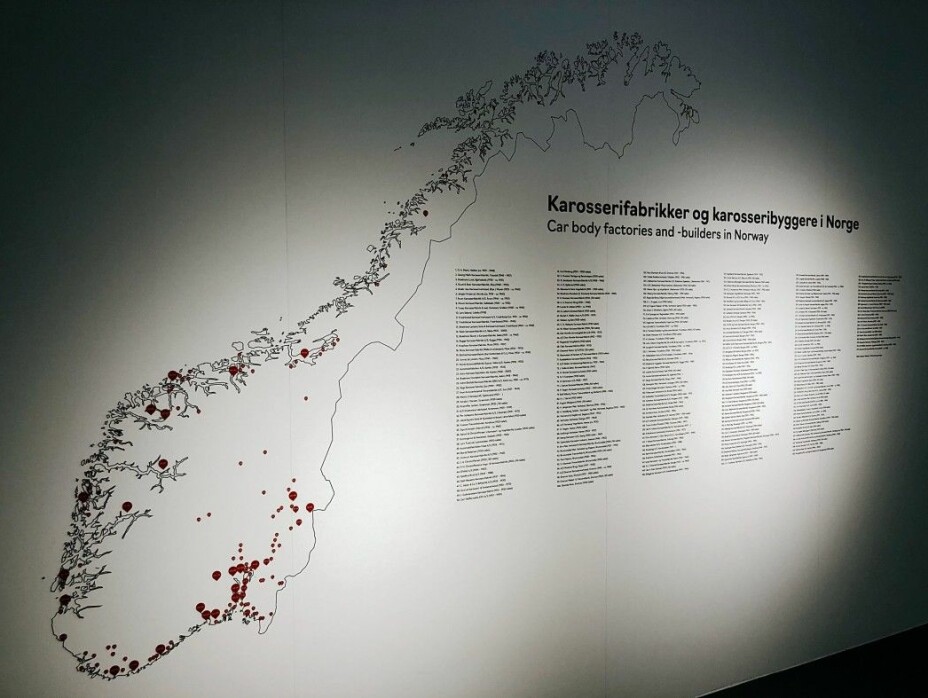
The Think made it the farthest
The last Norwegian car factory to throw in the towel was Think in a small town east of Oslo.
«The Think car was undoubtedly Norway's largest industrial automotive adventure,» says Stormbringer.
His enthusiasm for the Norwegian electric car, which never became what its originators hoped for, hasn’t lessened a bit since he and the Vehicle museum got a hold of the remnants of the factory that went bankrupt in 2011.
«The factory closed, and nothing was touched. The production premises were hermetically sealed, so to speak, in anticipation of a property settlement. But no one knew what to do with an entire car factory. So everything just stayed in place,» Stormbringer says.
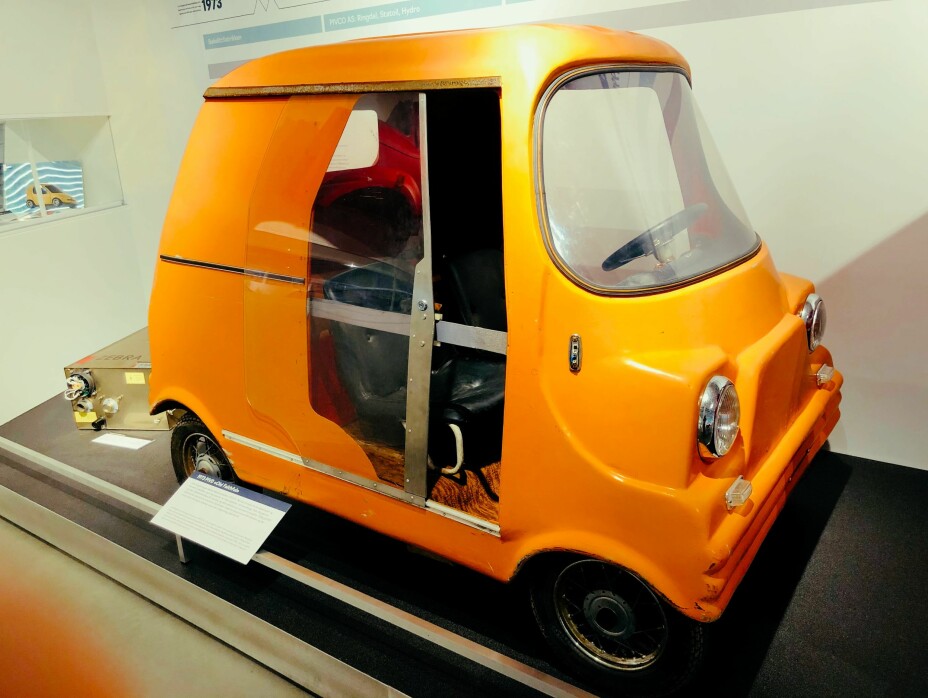
Car factory at a museum
Fortunately, there was an enthusiastic group of former Think employees.
They formed an association to preserve the Think story. Since no one else needed a car factory, they got to take over everything from the estate.
«These were diligent people. Their first idea was to create a Think Museum. But they realized that it would be a huge and expensive enterprise. So we agreed that the government through the Vehicle Museum would take over.»
That’s why you can now head to Hunderfossen Family Park and experience almost the entire story of Think, including the most important car models.
«Think was a really good idea that was just a bit ahead of its time,» says the Norwegian Vehicle History Museum director.»
«The idea was to build a small electric car. A typical second car, the way many small electric cars function now. This was a car for grocery shopping and local errands. As much of the production as possible was based on Norwegian raw materials, including plastic and aluminium,» says Stormbringer.
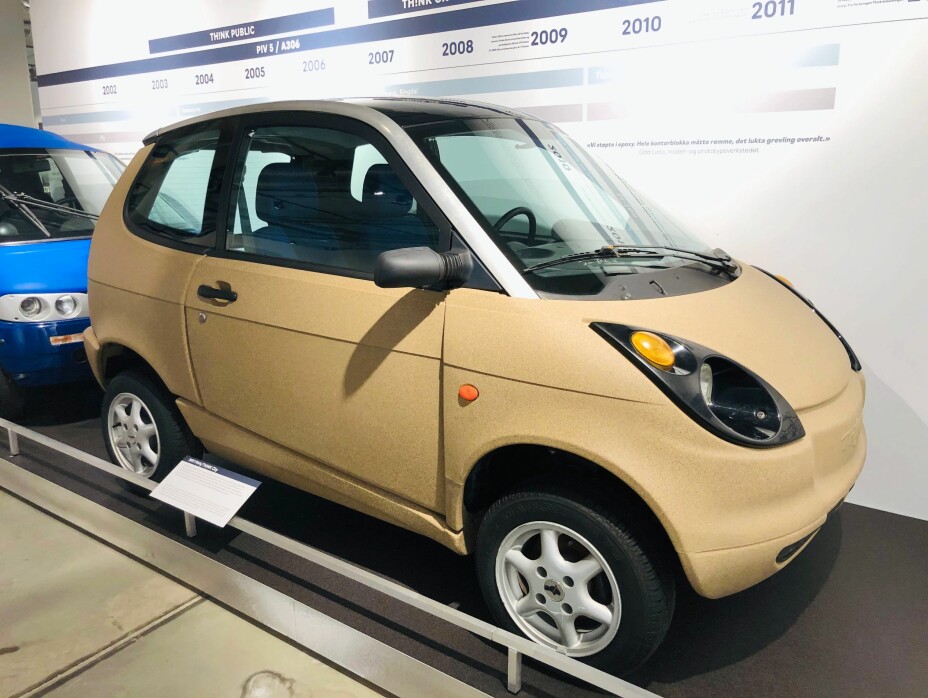
History full of drama
«The engineering challenges were much greater than the thinkers behind Think had envisaged,» he says.
«To build a modern car is a complex operation. It was particularly challenging for them to meet all the safety requirements. But Think managed to be the first car manufacturer in the world to get a small car like this approved,» Stormbringer says.
«Much of the technology developed for Think was brand new and groundbreaking. For instance, Think, with the help of Italian engineers, managed to cast plastic parts for cars in a whole new way.»
The story of Think is full of drama.
The factory could have produced 100 cars a day, but only 3000 Think cars were built in total – despite that they got so much right in this last attempt to build a Norwegian car.
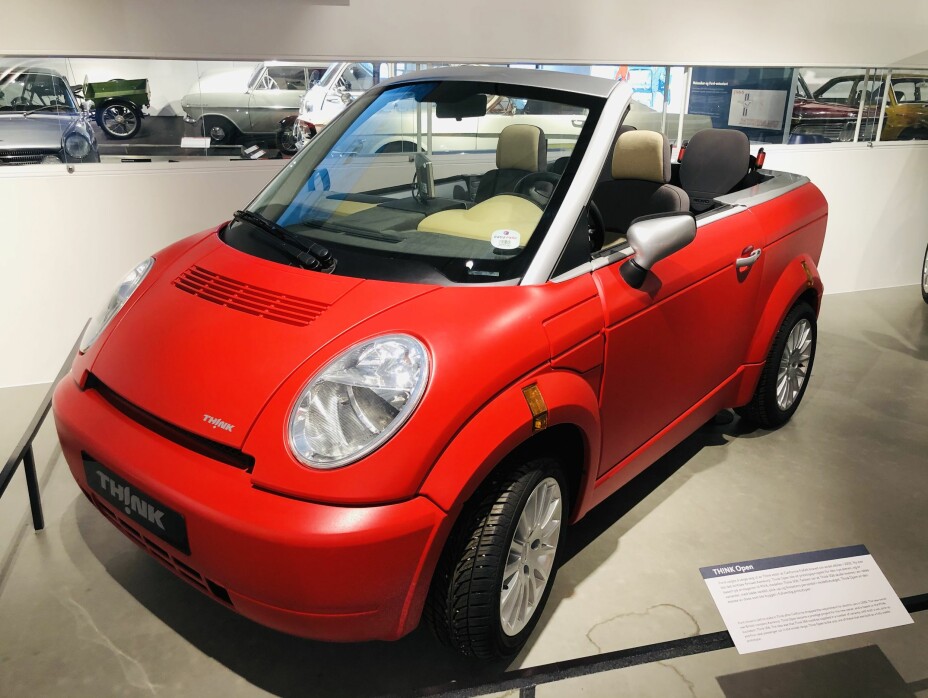
Translated by Ingrid P. Nuse
All photos by Bård Amundsen, forskning.no
———































